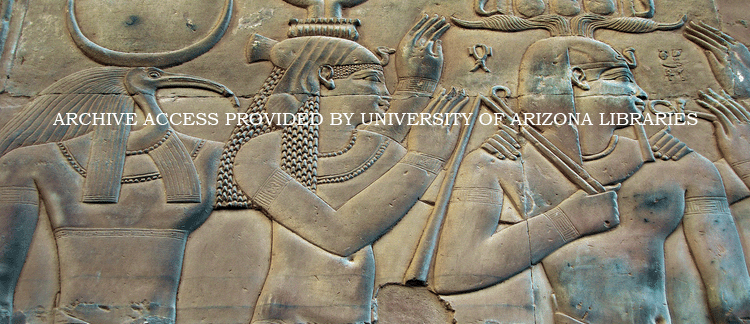Abstract
In Neo-Assyrian cuneiform sources, Libyan names are rarely found. This paper identifies two additional such names in the sale document StAT 2 53 from Assur, dated 700 BCE, which concerns the sale of a bathhouse in the city of Guzana. The paper begins by summarising the contents of StAT 2 53, before turning to the suspected names. The first name, borne by Uširiḫiuḫurti “the Egyptian”, is shown to be Libyan. This identification is based on morphological and historical analysis, as well as comparison with similar names from North Africa. The second name, written Ḫanabeš, should be understood as a variant of the well-known name Ḫallabēše. Attestations of this name indicate that most (and perhaps all) men so named associated with individuals bearing Egyptian names. This observation strengthens prior suggestions that name comes from North Africa. Among these suggestions, the most convincing is that Ḫallabēše is a Libyan name. Finally, the paper considers when and why Uširiḫiuḫurti “the Egyptian” and Ḫallabēše came to Guzana. It cautiously suggests these men were among those deported from Samaria to Guzana by the Assyrian army, in an event recorded by the Book of Kings, among other sources. The appearance of such cosmopolitan men in StAT 2 53 coincides with heightened Assyrian and Egyptian trade interests in the Levant, to which a range of documentary sources attests.
How to Cite
Draper, C., (2015) “Two Libyan Names in a Seventh Century Sale Document From Assur”, Journal of Ancient Egyptian Interconnections 7(2), 1-15. doi: https://doi.org/10.2458/azu_jaei_v07i2_draper
1215
Views
219
Downloads
